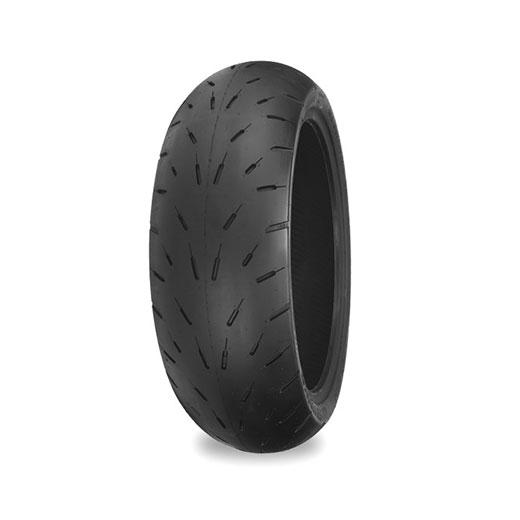Hook up in south africa
Dating > Hook up in south africa
Click here: ※ Hook up in south africa ※ ♥ Hook up in south africa
Faced with a charging elephant, John Abel knew his only realistic shot at getting his family to safety involved slamming into reverse gear and beating an extremely hasty retreat. The opportunity you have been waiting for is here beside you. IF YOU WANT MR SAMSON TO CALL YOU HIMSELF THEN DROP UR INFORMATION.

TEXT IT TO THIS NUMBER 08106997786 Hello. FACE BOOK SAMSON Abolaji FULLY REGISTER UNDER C. hook up in south africa And bonus if you have mutual friends, so you know they are legit. CINDY SCOOT Illuminati Initiation Department, Unit IV, West Africa Region, Diplomatic Area, PO Box 41, Medico Tower Delaunays Road GB-Blackley, Manchester. If you have ever felt like that, don't worry, because your life is about to change. IT NEVER CROSSES OUR MIND THAT THESE OLD PARENTS CAN STILL GET ON WHENEVER THEY LIKE. We are one Family under one father who is the Solo master of powers LORD LUCIFER. DR Friday Is A High CALAKULA KINGDOM Priest Master. Natasha Hayes, from England. Facebook contact: Abudu Edward Bello. I can really say that this spell caster is powerful because of his work my husband is home again.
CONTACT US ON +234 9085458667 Are you good in Bed? I hope you are fine?. But Agent George surprise me by hooking me up with one sugar mummy that just came back from Dubai.

Dating - A,MALAYSIA, ZIMBABWE AND IVORY COAST,THEN CONTACT AFRO-DATING DATING ORGANIZATION DATABASE ADMINISTRATOR ON 08107906879......

Ox-wagons are typically drawn by teams of oxen, harnessed in pairs. The wagon itself is made of various kinds of wood, with the rims of the wheels being covered with tyres of iron, and since the middle of the 19th century the axles have also been made of iron. The back wheels are usually substantially larger than the front ones and rigidly connected to the tray of the vehicle. The front wheels are usually greater in diameter than the clearance under the tray of the vehicle so that the steering axle could not turn far under the tray. This makes little difference to the turning circle of the wagon because of the oxen drawing it see above and it makes the front of the wagon much more stable because the is never much less than the width of the tray. It also allowed a much more robust connection between the hauling of the oxen and the rear axle of the wagon usually iron chain or rods that is necessary for heavy haulage. Most of the load-carrying area was covered in canvas supported by wooden arches; the driver sat in the open on a wooden chest Afrikaans:. A bullock team and wagon in , 1937. Bullock wagons were important in the colonial history of Australia. Bullocks were preferred by many and because they were cheaper, quieter, tougher and more easily maintained than horses therefore making them more popular for draught work. Frequently comprising long trains of bullocks, yoked in pairs, they were used for hauling drays, wagon or jinker loads of goods and lumber prior to the construction of railways and the formation of roads. In early days the flexible two-wheeled dray, with a centre pole and narrow 3-inch 8 cm iron tyres was commonly used. The four-wheeled dray or box wagon came into use after about 1860 for loads of 6 to 8 tons and was drawn by 16 to 18 bullocks. A bullock team was led by a pair of well trained leaders who responded to verbal commands as they did not have reins or a bridle. The bullock team driver was called a , bullock puncher or. Many Australian country towns owe their origin to the bullock teams, having grown from a store or shanty where teams rested or crossed a stream. These shanties were spaced at about 12-mile 20 km intervals, which was the usual distance for a team to travel in a day. The Scramble for Africa. Popular Books, Frenchs Forest. London: Hodder And Stoughton.
Last updated